G&G Hawk Changing Course with New Deadlock
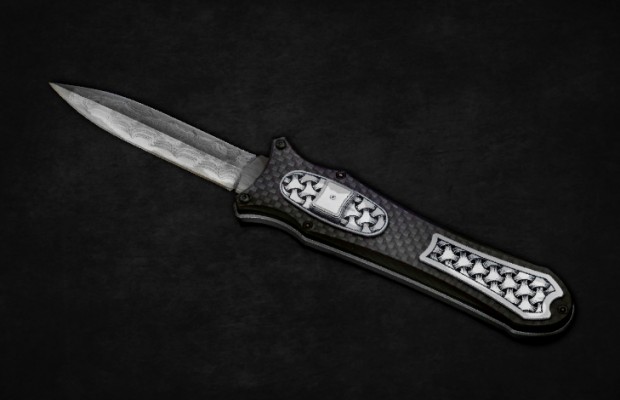
Grant & Gavin Hawk’s new Deadlock is the first Out the Front (OTF) knife with truly solid lockup, and the first knife the Hawks are producing themselves. The design took years for the father-son team to perfect. Now they’re turning down licensing offers, expanding their small shop in Idaho, and taking a leap into production knife making.
“We’re turning down offers”
When the duo come out with a new innovation like the Deadlock, customers expect to see a big brand production implementation sometime soon. Their original designs are currently being manufactured by Buck, Chris Reeve Knives, Kershaw, Mantis, Quartermaster, Boker, and Camillus. “I think that may be a record,” Gavin, the younger Grant, points out. But you won’t find a Deadlock on a factory knife – at least not until Grant & Gavin take a crack at making it first. “We’re turning down offers from manufacturers and we’re focusing on producing them ourselves,” says Gavin. “We’ve got another small shop that we’re building so we can make more parts faster. Eventually we’ll probably start hiring employees and actually trying to meet demand.”
> > Keep your folders awesome. Grab a Pack of 5 Microfiber Blade Sleeves for $8.99 < <
Even though many manufacturers make OTF knives, they’re not that different on the inside. “They’re all pretty much the same, from Microtech to Benchmade… it’s the same principle but the parts have been rearranged,” says Gavin. Conventional OTF knives all share the same fundamental flaw: the space that the mechanism needs to work properly introduces a certain amount of blade play. “I don’t think we’ve ever seen one that locks up really solid,” says Grant Hawk. “Except for ours,” Gavin interjects. The only way for these manufacturers to combat blade play is to tighten their machining tolerances, leaving less ‘wiggle’ in the mechanism.
“We started from a totally fresh approach”
Grant & Gavin didn’t want to depend on tiny tolerances for a solid lockup. Instead, their new approach ditches the conventional wisdom about OTF design: “Before, everybody was trying to take the same principle and just make it more precise – the more precise they made it the less blade play there was in it,” says Gavin. “What we did is we started from a totally fresh approach and invented our own locking mechanism, and then invented our own stabilizing mechanism, and just reinvented everything.”
“That’s the big difference between what we’re doing and the way it’s been done”
Grant & Gavin’s Deadlock shares an outward similarity with conventional OTF knives. Like them, it’s operated by pushing and pulling a spring-loaded switch in the handle. “When you press forward on the button to open it, the first part of travel of that button is loading the spring, and the last part of the travel trips it, turning it loose, working a lot like a crossbow,” explained Grant. Also like a conventional OTF, the blade relies on a certain amount of extra space inside the handle to freely extend and retract. “You need to give the blade plenty of room to fly to the front – or if you’re closing it, to fly to the rear,” Grant continues. However, the similarities end there. “The trick that we developed was the way that we catch that flying blade and lock it at the same time in all directions. That was the key to making it work, and that’s the big difference between what we’re doing and the way it’s been done,” says Grant.
“We’re in complete control of all the decision making”
It’s a new direction for the father-son team, but an exciting one. “We’re looking forward to doing our own thinking on our OTF and going forward with being in complete control of all the decision making,” says Grant. “We’re usually focused on R&D. Coming up with a design, making 20-25 prototypes and then moving on to the next design,” Gavin adds. “This is the first project that we’ve decided to focus on production.”
Knife featured in image: Hawk Deadlock


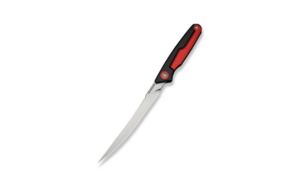
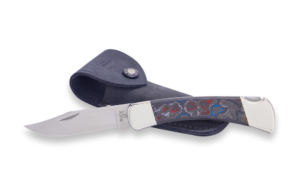
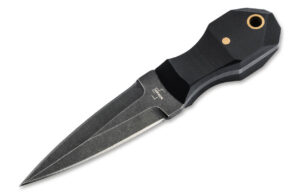
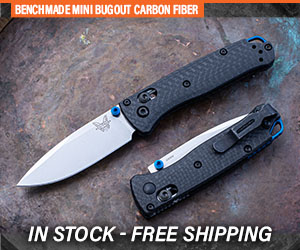





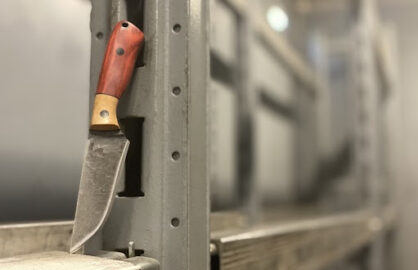
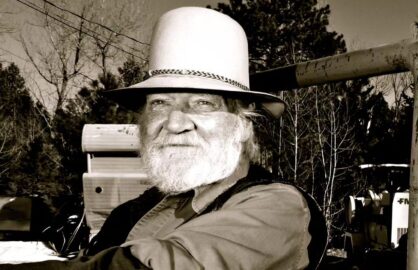
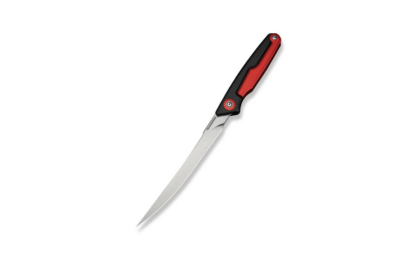

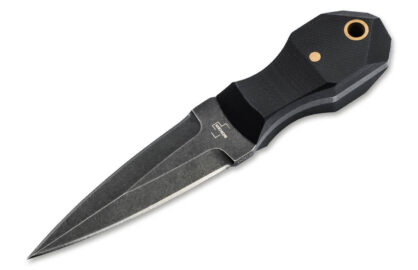




0 comments